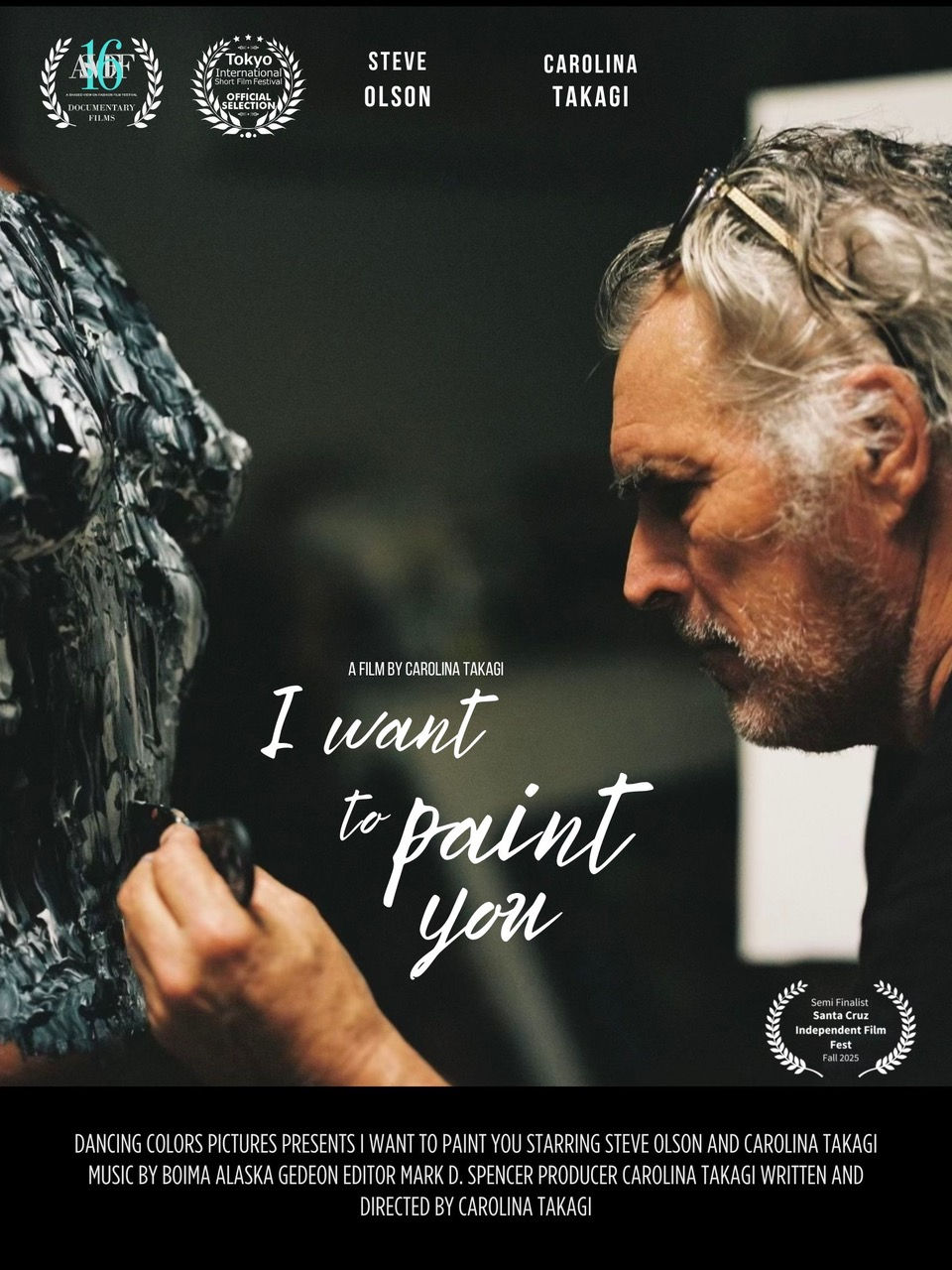Ice Breath: An Interview with Leonard Alecu
- Tokyo Cine Mag

- Dec 5, 2024
- 3 min read
Please tell us about the projects you worked on before making Ice Breath. How did you start, and how did you learn to make films?
At heart, I am a traditional photographer, working primarily with large-format film cameras (8x20 inches / 20x50 cm film format). The camera I use today is one of a kind, custom-built in 2011 by Ebony, the Tokyo-based company renowned for its exquisite craftsmanship.
My journey as a photographer began systematically in 2011 in Iceland and naturally extended northward to Greenland by 2014. Initially, I concentrated on the inhabited areas along the East Coast. Later, an Inuit hunter I worked with introduced me to more remote locations, including Isortoq—a ghost village where only a handful of Inuit families remain. Isortoq became my operational base, enabling me to explore uninhabited regions and venture out to sea. These expeditions laid the groundwork for Ice Breath.
The team was small. Aside from myself, there were usually one or two Inuit hunters, whose deep understanding of the land and sea was indispensable for navigating the many dangers we faced. The film emerged from a desire to document the vast seascapes far beyond the shore, which I could not adequately capture using large-format photography due to technical limitations. Initially, I used color cinema cameras, but in 2019, I transitioned to a native monochrome camera. This change brought me closer to the visual and emotional tone I was seeking to convey.
Finding this mood through constant experimentation was essential. Although I began preparing for the project in 2015, the final version of the film incorporates footage shot between 2019 and 2024.

Tell us about Ice Breath. How do you describe it?
Ice Breath presents the stark reality of melting icebergs along Greenland's eastern coast, where the effects of climate change are both visible and almost palpable. Yet, it is not a documentary or a visual report on global warming. Instead, Ice Breath is a poetic meditation—a convergence of creation and destruction mirrored in emotion and introspection.
Filmed from a small boat using a steady camera on a tripod, I captured the towering, majestic icebergs at close range. Every moment was fraught with the risk of the ice fracturing and pulling us into the ocean's depths. The film is a deeply personal, existential reflection on the human condition—fragile and humble, yet uniquely capable of contemplating and reflecting the sublime forces of nature. It portrays the eternal cycle of genesis and extinction, a profound and awe-inspiring interplay.
This narrative continues in my next project, where I shift my focus to the Namibian desert. It serves as a counterpoint to the icy seascapes of Greenland, extending this dialogue between nature's extremes.
Please tell us about your favorite filmmakers.
Andrei Tarkovsky, Francis Ford Coppola, Michelangelo Antonioni, Akira Kurosawa, and Liviu Ciulei.
If you were given a good budget, what would be your ideal project?
My ideal project would be a feature-length film inspired by John Luther Adams’ Become Trilogy. This musical exploration delves into the essence of nature itself—its process of becoming, being, and vanishing. The trilogy includes Become Ocean, which evokes the expansive, rhythmic depths of the sea; Become River, which follows the quiet yet powerful flow of rivers; and Become Desert, a contemplative ode to the serenity and radiance of desert landscapes.
Describe how you would ensure that production is on schedule. What steps would you take?
Production is already progressing steadily. Location scouting in Namibia is scheduled for early next year, with a focus on capturing the essence of desert landscapes that will form the core of the new material. This will be set to Become Desert by John Luther Adams as part of his Become Trilogy.
Pre-production is well underway, with detailed plans to explore specific sites that align with the film's poetic and philosophical narrative.
What was the hardest part of making Ice Breath?
The hardest part of making Ice Breath was filming near the icebergs. Falling ice and sudden, massive waves made the process extremely dangerous. Experienced Inuit hunters helped ensure our safety, but being so close to such overwhelming natural forces remained a constant challenge.
If possible, tell us about your next work. What plans do you have for your future projects?
My future work will continue to visually connect classical and contemporary classical music, blending imagery and sound in a poetic, philosophical manner. For now, my focus is on completing my current project, which merges filmed desert landscapes with Become Desert by John Luther Adams.



Comments